Health risks you didn’t know were associated with raw meat
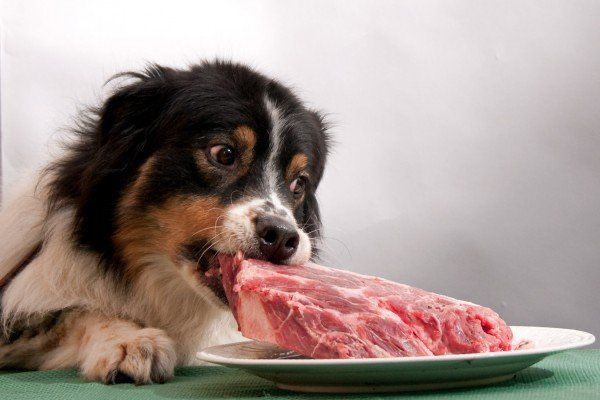
Scientists warn that raw diets may expose families to dangerous, drug-resistant bacteria. Many pet owners want the best for their dogs, often turning to raw diets as a “natural” choice. But new research shows this trend may come with hidden dangers, not just for pets, but for the humans who love them. Here’s what science says about how feeding raw meat could quietly spread superbugs at home.
1. Raw meat carries antibiotic-resistant bacteria
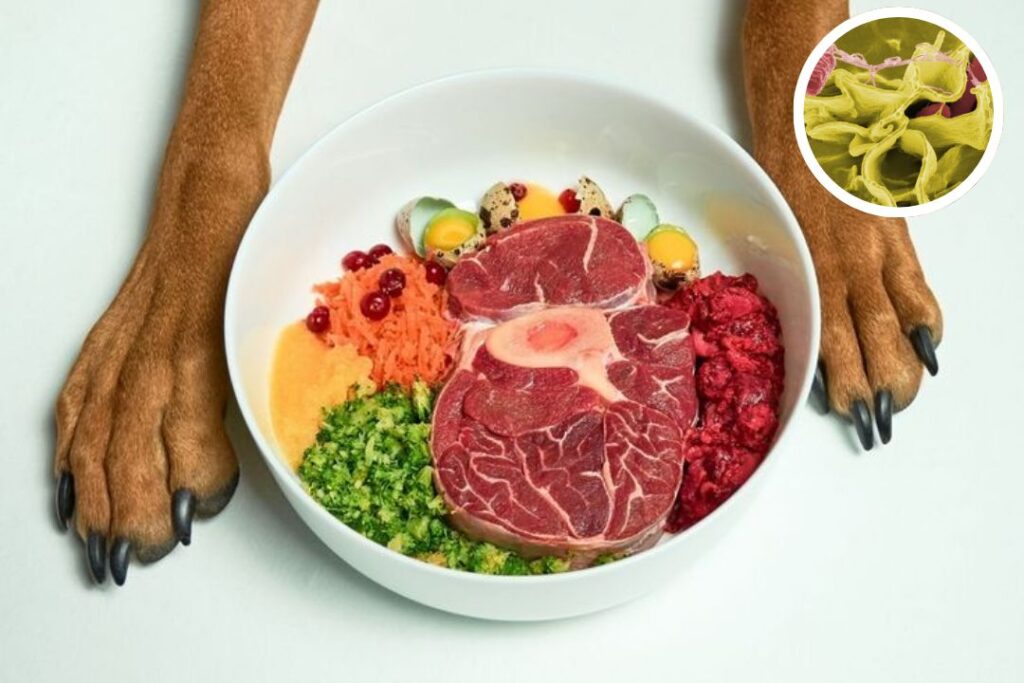
Commercial raw dog food has been found to contain harmful bacteria like ESBL-producing E. coli and drug-resistant Salmonella. These bacteria are especially concerning because they don’t respond well to standard antibiotics, making infections harder to treat. A 2022 survey in Europe discovered that nearly half of sampled raw pet foods tested positive for at least one resistant strain. Unlike cooked pet food, which undergoes heat treatment to kill pathogens, raw meat often goes straight from the supplier to the dog bowl. That means the bacteria can survive storage, handling, and even freezing. While most healthy dogs might not get sick right away, the danger lies in their ability to carry and pass these superbugs along.
2. These bacteria don’t just stay in the bowl
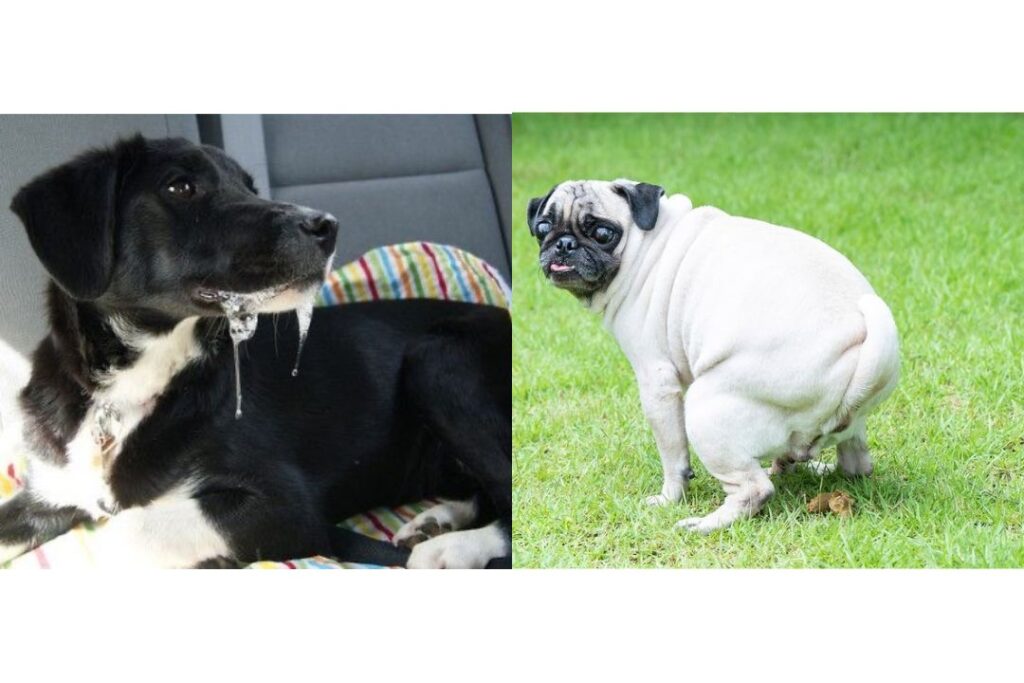
Once a dog eats contaminated raw meat, the bacteria can live in their gut and spread through saliva and feces. Everyday habits like licking faces, cuddling on the couch, or even sniffing around the house can turn into unexpected routes of transmission. In fact, research has shown that dogs can shed resistant bacteria for weeks after eating a single portion of raw food. This invisible spread means families might be exposed without realizing it, especially since the bacteria can end up on hands, furniture, and other surfaces. What feels like harmless affection could become a pathway for dangerous germs to move from pets to people.
3. High Risk for Vulnerable Families

For healthy adults, exposure to these bacteria might not always cause illness. But in households with children, older relatives, or anyone with weakened immune systems, the risk is far greater. Superbugs can cause serious urinary tract infections, bloodstream infections, or gastrointestinal illness in people whose bodies can’t fight them off as easily. A young child crawling on the floor or an elderly grandparent with chronic conditions could unknowingly come into contact with bacteria shed by a pet. What starts as a small infection can escalate quickly if standard antibiotics don’t work. This is why experts stress that vulnerable family members need extra protection when pets are fed raw diets.
4. Multiple studies confirm the link
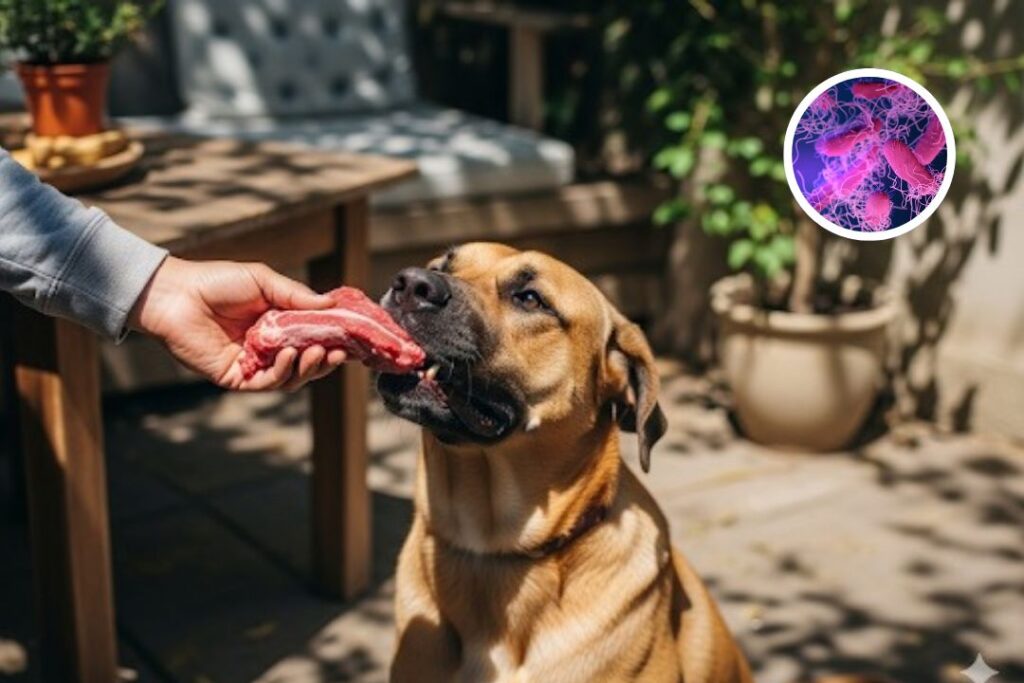
Evidence connecting raw diets to human infections is growing stronger. A 2024 study published in One Health analyzed samples from households where dogs were fed raw meat. Scientists discovered identical strains of drug-resistant E. coli in both the dogs and their owners, clear proof of cross-species transfer. Earlier studies in the Netherlands and the UK had already pointed in the same direction, but this recent research adds compelling weight to the concern. The findings suggest that superbugs don’t just stay confined to pet food or pets themselves, they’re moving into human communities through close contact at home. For scientists, this is a worrying example of how decisions about pet diets can ripple into public health.
5. Raw food advocates still debate the risks
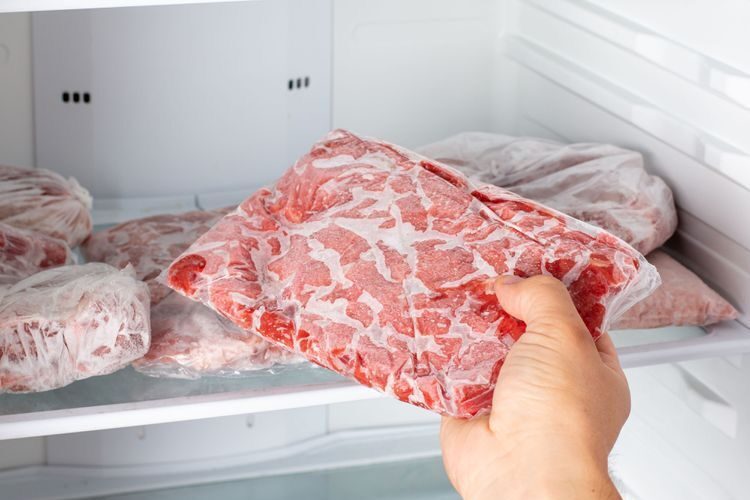
Not all pet owners agree with the warnings. Advocates of raw feeding argue that sourcing meat carefully, freezing it, or practicing strict hygiene can reduce the risks. They believe raw diets mirror what dogs would eat in the wild and may lead to shinier coats, stronger teeth, and better digestion. However, public health experts counter that even premium or organic raw meat can harbor resistant bacteria that are impossible to see or smell. They stress that no amount of rinsing or freezing can reliably eliminate these strains. The debate leaves many pet owners torn, balancing a desire for natural feeding with the responsibility of keeping their families safe.
6. Alternatives are available
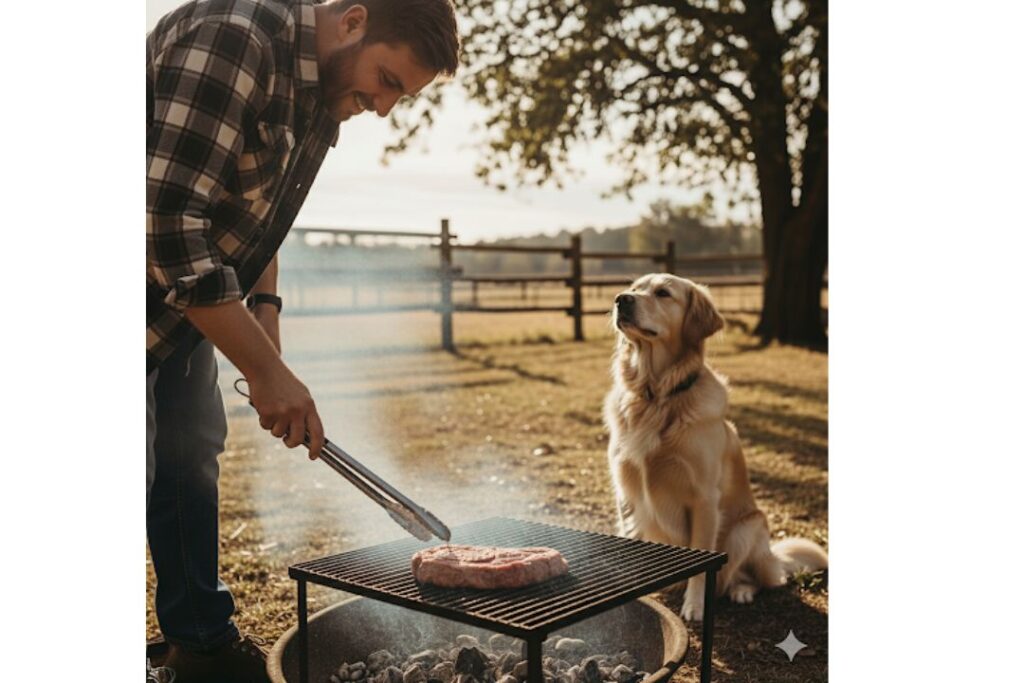
For pet owners who want the benefits of a natural diet without the bacterial risks, safer options are emerging. Gently cooked diets use low heat to preserve nutrients while still killing harmful microbes. Freeze-dried raw foods are another growing choice, since the dehydration process reduces, but doesn’t entirely eliminate, bacterial contamination. These products are often marketed as a middle ground, appealing to owners who like the idea of raw feeding but want to minimize danger. Veterinarians often recommend these alternatives as safer compromises, especially in homes with children or elderly members. The key message is that “natural” doesn’t have to mean “raw,” and there are ways to feed pets well while protecting people, too.
7. Veterinarians urge caution
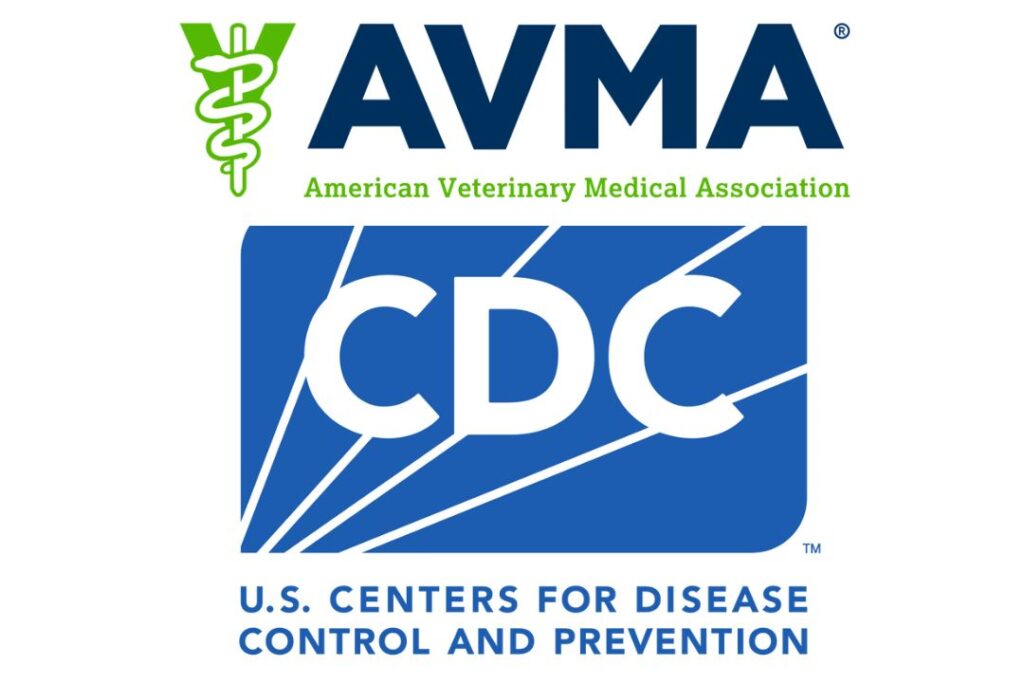
Major veterinary associations have consistently warned against raw diets, citing both animal and human health risks. The American Veterinary Medical Association (AVMA) and the Centers for Disease Control and Prevention (CDC) both advise avoiding raw feeding altogether. Their concern is not only for households but also for the broader community, since drug-resistant bacteria can spread beyond individual homes. Vets often see cases where pets fed raw food suffer gastrointestinal issues or shed pathogens, creating risks for other animals in clinics, boarding facilities, and dog parks. While some pet owners feel confident managing the risks, experts remind them that even careful handling cannot fully prevent exposure. For professionals, the risks outweigh the perceived benefits.
8. The “natural” appeal can be misleading
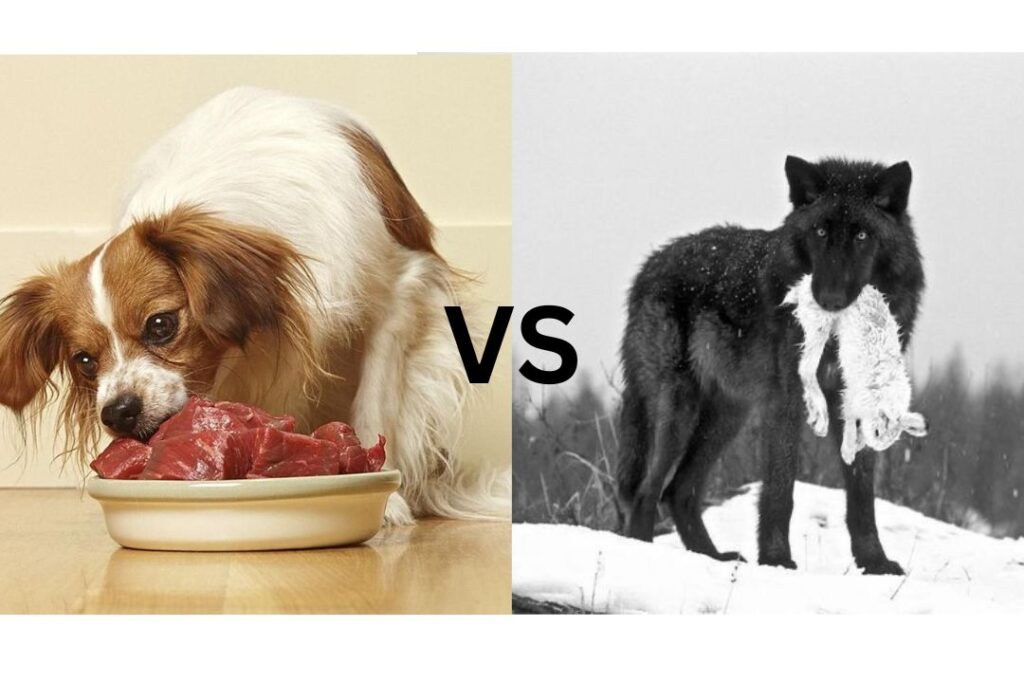
Part of raw feeding’s popularity comes from marketing and social media, where glossy photos of dogs eating raw meat give the impression of a pure, ancestral diet. But experts point out that today’s pets are not wild wolves, and their immune systems, and living environments, are very different. A wolf eating raw prey in the wilderness isn’t licking a toddler’s hands afterward or sleeping on a family’s couch. The modern household setting creates entirely new pathways for bacteria to spread. What seems natural in theory may not be safe in practice, especially when dogs are sharing close living spaces with humans. This contrast highlights the importance of separating romanticized ideas from scientific realities.
9. Public health experts see a bigger picture
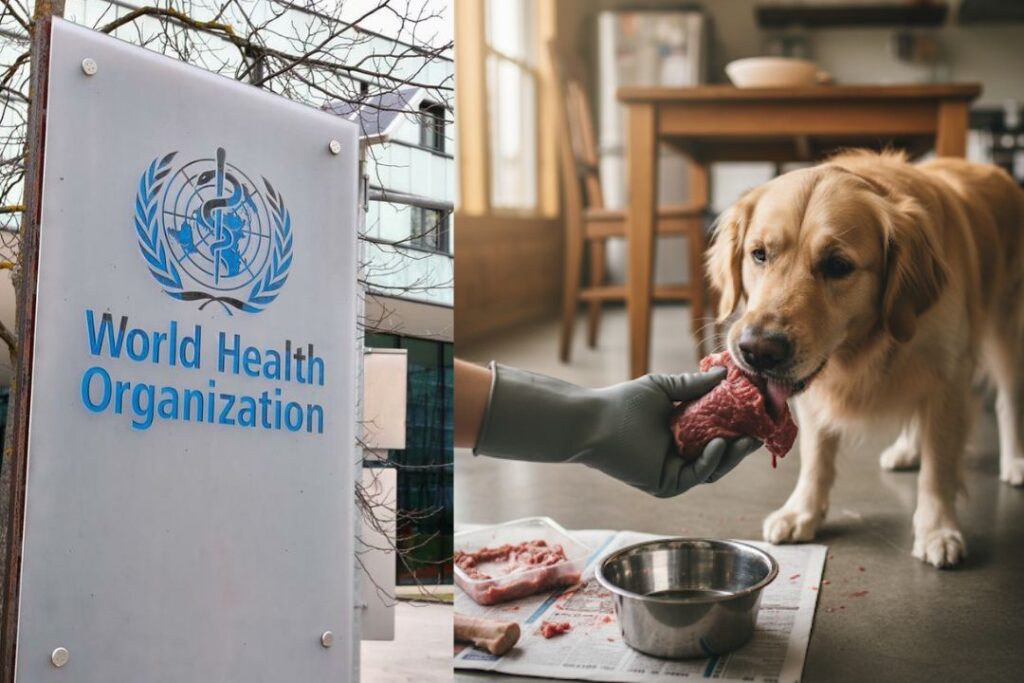
The issue goes beyond individual families and touches on a broader health crisis: antibiotic resistance. The World Health Organization has called resistant infections one of the greatest threats to global health, and feeding pets raw meat may be a small but meaningful contributor. If pets become carriers of resistant bacteria, they can serve as reservoirs that help superbugs persist in the community. From hospitals to schools, resistant infections are already a growing challenge. Adding a household-level risk through raw feeding increases pressure on already limited treatment options. For experts, this isn’t just about pets, it’s about stopping the silent spread of bacteria that modern medicine struggles to fight.
10. What pet owners can do now

For those already feeding raw diets, making informed choices is key. Practicing strict hygiene, like disinfecting food prep areas, washing hands immediately after handling raw food, and keeping pet bowls away from children, can help reduce risk. But the most effective step, according to experts, is switching to cooked or processed diets that eliminate dangerous bacteria. Talking to a veterinarian is the best starting point, as they can recommend safer alternatives tailored to each dog’s needs. Awareness is the first defense, and small changes in how we feed pets can make a big difference in keeping entire households safe.
Feeding raw may feel natural, but science shows it could be putting your family at risk. Safer alternatives exist, and veterinarians encourage owners to choose wisely for both pets and people. If you found this story helpful, give it a thumbs up, share it, or send feedback.
This story Feeding Dogs Raw Meat Could Be Spreading Superbugs to Humans was first published on Daily FETCH


